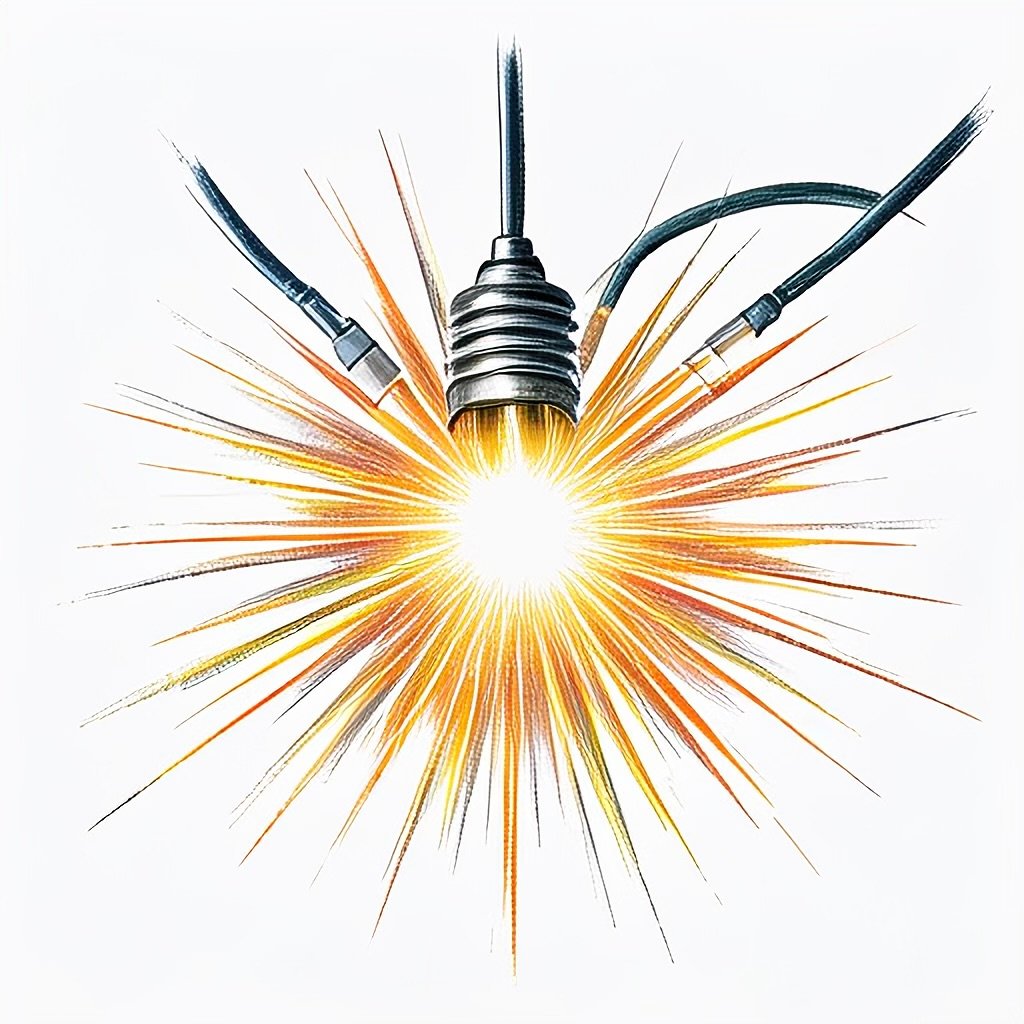Hawaii is not only known for its stunning beaches and tropical paradise but also for its rich cultural heritage. The islands are home to a unique pantheon of gods and goddesses that were worshipped by the native people for centuries. Exploring these deities offers us a glimpse into the ancient beliefs and customs of the Hawaiian people.
One of the most well-known deities in Hawaiian mythology is Pele, the goddess of fire and volcanoes. Pele is believed to reside in the Halemaʻumaʻu crater of Kilauea, one of the most active volcanoes on earth. She is often depicted as a passionate and volatile goddess, capable of both destruction and creation. Pele’s legend is deep-rooted within Hawaiian culture, and her fierce power is often associated with the unpredictable nature of the volcanic landscapes on the islands.
Another deity that holds great significance in Hawaiian mythology is Kanaloa. He is the god of the ocean and the underworld, often associated with healing and fertility. Kanaloa is believed to have control over fish and is revered by fishermen and voyagers for protection during their journeys. He is depicted as a male figure with a long beard and frequently shown in conjunction with his counterpart, Kane, the god of creation and life. The pair often works together to maintain balance and harmony in the natural world.
One of the most revered goddesses in Hawaiian mythology is Hiʻiaka, known as the goddess of dance, hula, and fertility. Hiʻiaka is the younger sister of Pele and is often depicted in hula chants and dances. She is known for her adventurous spirit and for her journey to bring the sacred plant, ʻōhiʻa lehua, to the islands. Hiʻiaka symbolizes the preservation of cultural traditions and the celebration of femininity.
Lono, the god of agriculture, fertility, and peace, is another significant deity in Hawaiian culture. He is associated with the harvest and the productivity of the land. In ancient times, Lono was worshipped during the Makahiki festival, a time of thanksgiving and celebration. During this festival, warfare was prohibited, and people engaged in various sports, feasting, and offerings to Lono.
The deities of Hawaii represent different aspects of nature and life, and their worship was an integral part of everyday life for the native Hawaiian people. These gods and goddesses were seen as guardians and guides, and their reverence helped establish a strong connection between the people and their environment.
While modern-day Hawaii may have evolved, the echoes of this ancient belief system can still be seen and felt. The Hawaiian people have worked diligently to preserve their cultural identity and traditions, including the veneration of their deities. Today, visitors to the islands can explore these ancient gods through traditional ceremonies, hula performances, and artwork.
Exploring the deities of Hawaii allows us to appreciate the deep spiritual connection the native people have with their land and environment. It offers us a glimpse into a rich and vibrant culture that has withstood the test of time. Whether you find yourself captivated by the fiery power of Pele or the calming presence of Kanaloa, diving into the world of Hawaiian mythology is a journey that will leave you with a renewed appreciation for the history and traditions of these beautiful islands.


Leave a Reply